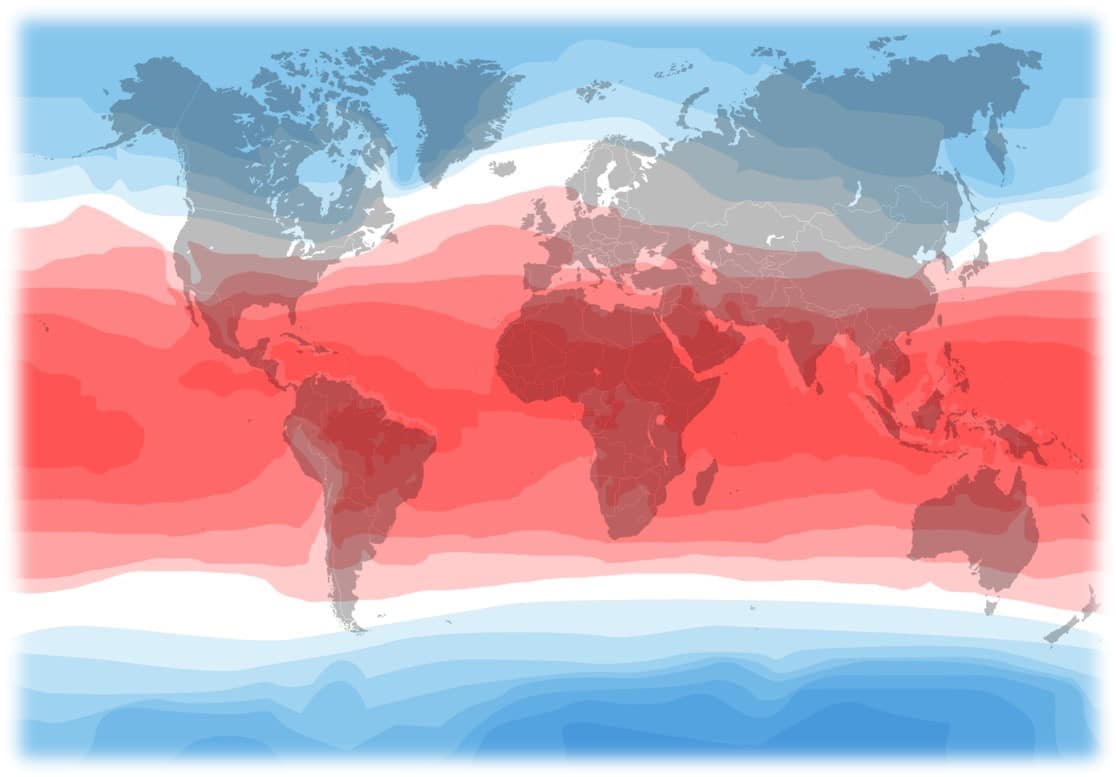The CO2 Equator — Going … Going … Almost Gone!

The game is on! Synthetic refrigerants got out to an early lead but natural refrigerants have come roaring back. CO2 is up to bat and is poised to hit a home run, already having some key hits in this game with demonstrated lower energy and maintenance costs in both commercial and industrial refrigeration applications as well as providing the peace-of-mind of having a more “future-proof” investment.
Anyone who has ever listened to a baseball game has surely heard the phrase, “Going … going … gone!” It is beloved by baseball announcers when describing a home run as it approaches and disappears from view over the outfield wall. In the world of refrigeration, the game is on with manufacturers and end-users alike on the same team fighting to replace synthetic refrigerants doomed for extinction with viable, environmentally friendly alternatives.
CO2 is certainly not new to the world of refrigeration. It was one of the very first substances used as a refrigerant as evidenced by the submission of a British patent by Alexander Twining in 1850 and steadily increased in use, reaching a peak in the 1920s. During the 1930s, CO2 was replaced by synthetic refrigerants, called chlorofluorocarbons, or CFCs, which were stable and performed well in low-pressure systems. But what goes around often does come around as the research into the effects of synthetic refrigerants on the earth’s environment has re-energized the CO2 discussion. Until somewhat recently, CO2 was considered technically and economically unfeasible as a standard commercial and industrial refrigeration solution and was used primarily as a secondary coolant in cascaded subcritical system architectures. Technological challenges to CO2 transcritical systems, most notably the diminishing efficiency of operation in warmer ambient climates, limited its application footprint. This climate-driven limitation was dubbed the “CO2 equator” (figure 1), which referred to the generally accepted geographical limit for cost-effective deployment of CO2 systems in food retail.
But technological innovation, like the Hillphoenix Advansor CO2 Transcritical Booster System, has gone a long way to overcome these limitations and is once again bringing CO2 to the forefront of retail, commercial, and industrial refrigeration solution discussions. The integration of several key design material and process technology advances has led to solutions with lower costs that remove flash gas in hot climates and improve the system’s overall performance, successfully bringing high-efficiency CO2 refrigeration systems to high-ambient temperature regions. A quick summary of some of the most notable advances and the advantages they offer that significantly squeeze the CO2 equator further towards oblivion are:
- Usage of Adiabatic versus Air-Cooled Gas Cooler – By combining the sub-cooling of the refrigerant with the adiabatic cooling of the air, system efficiency improvements resulting in up to 37% annual system energy reduction are achieved.
- High-Pressure Sub-Cooler – Utilizes a small mechanical vapor-compression cycle coupled to the main cycle at the exit point of the condenser to provide sub-cooling to the main refrigeration cycle. The resultant benefit of such sub-cooling is a large increase in capacity and an overall improvement in COP.
- Parallel Compression System – Involves compressing the excess (flash) gas at the highest possible pressure level to improve overall energy efficiency, yielding a significant improvement of COP in warm climates. Peak savings of 12 – 20% with annual savings of 6% – 8% are common.
- Gas Ejector System – Exploits the principle of physics called the “Venturi Effect” which uses a primary fluid flow — typically the high-pressure gas cooler outlet — which is then accelerated to draw in, mix and carry a secondary fluid at lower pressure to the suction side or liquid receiver. This results in a reduction of the compression ratio and the flow rate handled by the compressor manifesting in peak savings up to 15% – 23% and annual savings up to 6% – 8%.
And so, it’s “game on”. Hillphoenix Advansor CO2 Booster System technology is on a torrid hitting streak and is once again up to bat. And there’s another long drive headed for the CO2 equator — it’s going … going … and — stay tuned sports fans!